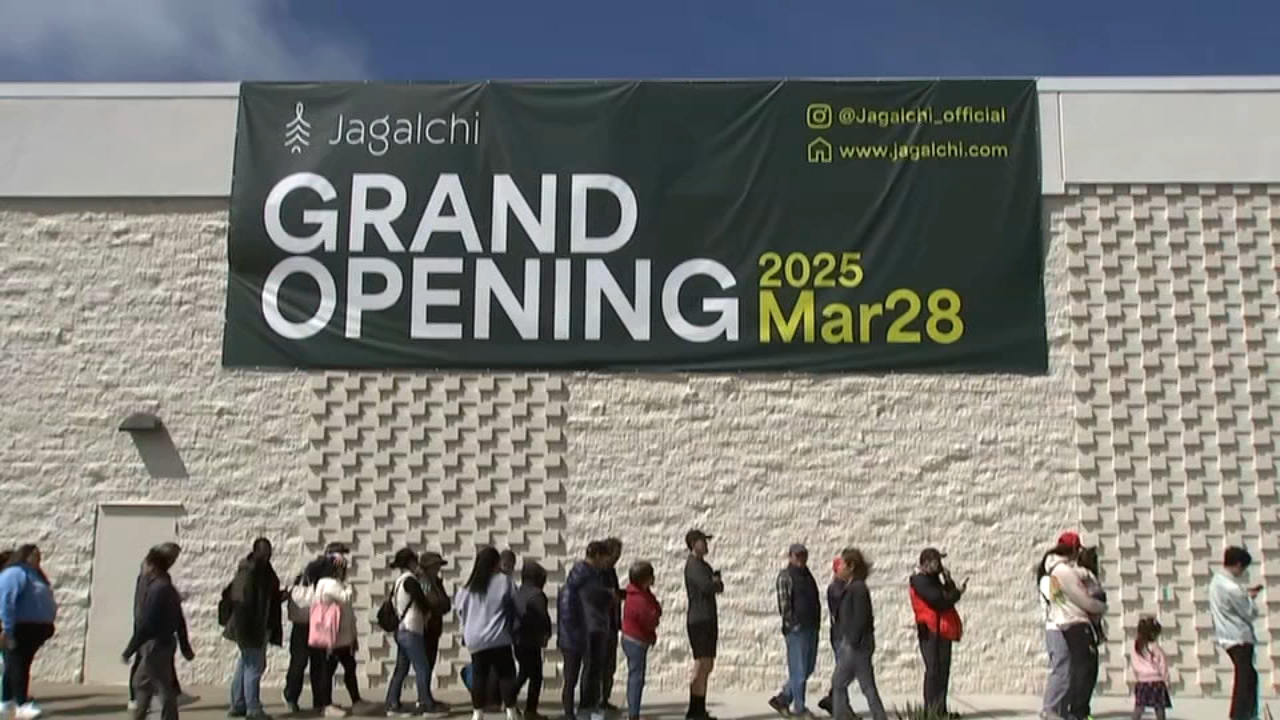More trouble for embattled Caltrans project

WILLITS, Calif. (KGO) -- ABC7 News has been investigating the Willits Bypass project in Mendocino County for more than a year, reporting on major delays meeting environmental requirements, violation of the Clean Water Act, and serious cost over-runs. Now a Native American tribe is accusing Caltrans of gross negligence for its handling of Indian archaeological sites.
Priscilla Hunter is a representative of the Coyote Valley Band of Pomo Indians. She is one of thousands of Native Americans who trace their ancestry back to Little Lake Valley, the same valley where Caltrans is now building a major freeway bypass. The bypass will route freeway traffic around the town of Willits on Highway 101.
But Native American groups say Caltrans has failed to protect their heritage. Hunter is outraged. "You're digging our villages up. You are destroying our culture."
Local tribes say seven Indian villages once dotted the Little Lake Valley all over the area being torn up by construction along the six mile freeway route. Then in the mid-1800's European settlers changed everything. Hunter says, "They brought the army in and took our land and killed our people."
The native people who survived were forced out, but the ground around Willits is full of things they left behind -- 5,000 years of history protected by federal law. Now Indian artifacts are turning up all over the construction site and on Caltrans property that's being dug up to comply with environmental requirements.
Mike Fitzgerral is chairman of the Sherwood Valley Rancheria Band of Pomo Indians in Willits. He says Caltrans has now found close to 30 potentially important sites.
According to Fitzgerral, "They find stuff daily. The tribal monitors come through, and the archaeologist out there watching them will find arrowheads, pestles, flakes, cherts, all kinds of artifacts."
The local tribes say Caltrans is playing catch up with sacred history because the staff did not do an adequate job finding or protecting Native American sites before construction started last year. Fitzgerral said Caltrans "hired all these experts and they failed."
Caltrans insists its archaeological information is confidential. Officials refuse to talk with ABC7 News on camera. But last fall Caltrans spokesman Phil Frisbie told us the department met its legal requirements. "We tried to identify every known potentially archaeological or cultural site and then we planned our bypass project to avoid those areas."
But Caltrans did not avoid all those areas. A few months after construction began crews seriously damaged or destroyed a known archaeological site. According to Frisbie, "When we actually plotted it on a map, we realized the description we had been using was not correct and that it actually extended into our construction area."
It happened somewhere in a field at what will be the northern interchange for the freeway bypass. Caltrans blames a mapping error. Workers inserted 80-foot long plastic drains into the ground then covered the area with tons of dirt.
We may never know exactly what was in that site. Caltrans won't discuss it publicly. But local tribes say core samples taken by Caltrans' own experts indicate the site may have been an ancient trash pit, often considered a treasure trove for archaeological discovery.
So how could Caltrans make such a major mistake? Our research found documents that confirm serious issues at the site. Caltrans' environmental impact statement reported just one archaeological site eligible for listing on the National Register of Historic Places. But a letter from the State Office of Historic Preservation (SOHP) shows that before construction began, Caltrans had already discovered six more sites that are assumed eligible for historic listing - and require protection.
Caltrans promised there would be "No Adverse Effect on historic properties, if protective measures are taken..." The SOHP said those measures include signs, stakes, fences and monitors -- part of what's called an Environmentally Sensitive Area Action plan.
But those protections did not get put in place. "They did not do one element of their environmentally sensitive action plan prior to going to construction" according to archaeologist Lee Clauss. That statement is backed up in the letter from the SOHP.
Clauss is a consultant for the Sherwood Valley tribe and an expert on the National Historic Preservation Act, Section 106 that governs this kind of case. Clauss said, "I have personally conducted reviews of approximately 3,000 individual Section 106 projects. I have never had one this egregious."
The Federal Advisory Council on Historic Preservation calls this episode "a major breach of the protection of a historic property."
After the Sherwood Valley tribe complained, Caltrans did start the required protocols. But in June, a Caltrans email to the tribes revealed another unmarked site was impacted by a construction crew installing a water line.
Caltrans has now been in formal consultations with the Sherwood Valley Indians for months. Officials also met with the Coyote Valley tribe, but there is still no formal agreement on how to proceed. Fitzgerral said he's frustrated. "As we are sitting in meetings and talking with Caltrans, they are still out there doing construction. We know we are not going to stop them. But we need to protect sites."
Both Sherwood Valley and Coyote Valley tribes are joining environmental groups in calling for Caltrans to scale down plans for a large four-lane interchange at the north end of the project, when only two lanes of traffic are actually being built. The tribes say a smaller plan could preserve important archaeological sites. Caltrans said it is "working with the tribes to address this request."
Written and produced by Jennifer Olney
















